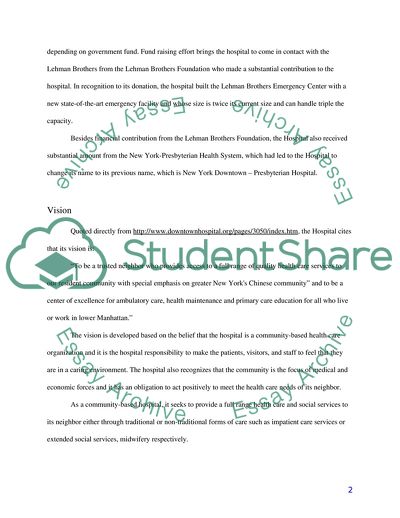Cite this document
(Health Care Financial Management: New York Downtown Hospital Case Study, n.d.)
Health Care Financial Management: New York Downtown Hospital Case Study. https://studentshare.org/finance-accounting/1709172-health-care-financial-management
Health Care Financial Management: New York Downtown Hospital Case Study. https://studentshare.org/finance-accounting/1709172-health-care-financial-management
(Health Care Financial Management: New York Downtown Hospital Case Study)
Health Care Financial Management: New York Downtown Hospital Case Study. https://studentshare.org/finance-accounting/1709172-health-care-financial-management.
Health Care Financial Management: New York Downtown Hospital Case Study. https://studentshare.org/finance-accounting/1709172-health-care-financial-management.
“Health Care Financial Management: New York Downtown Hospital Case Study”. https://studentshare.org/finance-accounting/1709172-health-care-financial-management.


